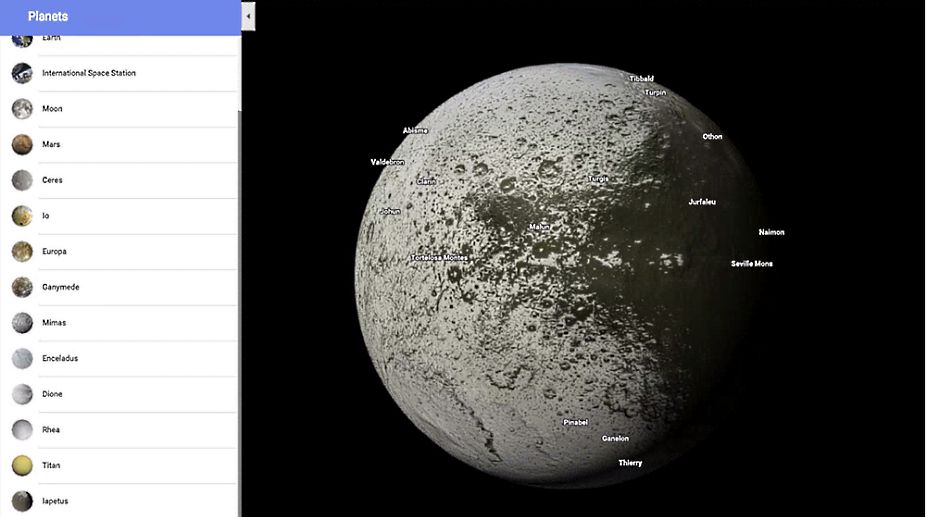How Google News fought misinformation in India in 2024
From major elections across the globe to conflicts and crises, the year 2024 was critical for the news industry, said Google News on Wednesday.

Stargazers are in for a treat as Google has announced that one can now virtually visit all planets and moons in our solar system using Google Maps.
Google Maps now enables a visit to Saturn’s natural satellites such as Enceladus, Dione or Iapetus, Rhea and Mimas as well as Jupiter’s Europa and Ganymede.
Advertisement
“Explore the icy plains of Enceladus, where Cassini discovered water beneath the moon’s crust-suggesting signs of life. Peer beneath the thick clouds of Titan to see methane lakes,” Stafford Marquardt, Product Manager at Google, said in a blogpost on Monday.
Advertisement
Google has also added to its lineup imagery of Pluto, Venus and several moons as well as made it easier to find them in Maps.
“The fun doesn’t stop there – we’ve added Pluto, Venus, and several other moons for a total of 12 new worlds for you to explore. Grab your spacesuit and check out the rest of this corner of the galaxy that we call home,” Marquardt added.
To access the new imagery, one can just zoom out from terrestrial Google Maps view until you hit outer space.
One can also visit the International Space Station, which also joined Google’s Street View program.
The company stated that it worked with astronomical artist Bjorn Jonsson, who assembled the maps of planets and moons to its service, by working with imagery from US space agency NASA and the European Space Agency.
Advertisement